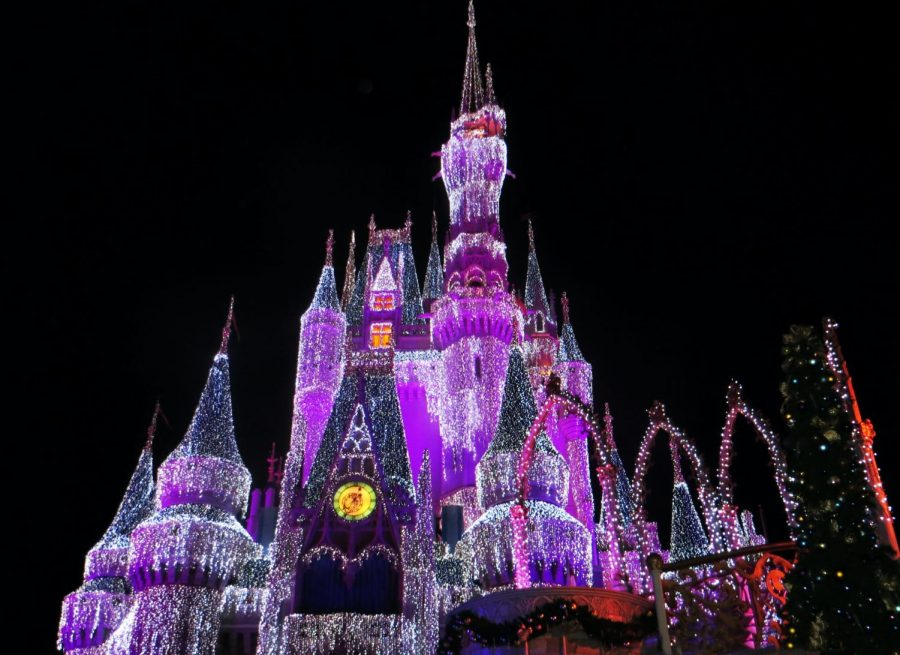Despite it’s Racist Origins, Shang-Chi and the Legend of the Ten Rings is a big win for the Asian American community
October 4, 2021
On September 3, Marvel Studios released Shang-Chi and the Legend of the Ten Rings, starring Chinese Canadian actor Simu Liu, who rose to fame playing Jung in the Canadian sitcom Kim’s Convenience. The movie tells the story of Shang-Chi, an expert in martial arts, and his journey to fight his past to take down the violent crime syndicate, the Ten Rings. While Marvel Studios successfully introduced its first Asian superhero in an incredible fashion, the characters of the movies stem from racist comics that were published decades ago by Marvel. Even so, the blockbuster film is a huge step forward for the Asian American community and a milestone for Asian representation in American media.
The main antagonist, Xu Wenwu, the leader of the Ten Rings, was originally named “Fu Manchu,” an iconic yet caricatured character first introduced by British writer Sax Rohmer in the 1910s in the book The Mystery of Dr. Fu Manchu. With his long curved fingernails, yellow skin, and an insatiable desire to destroy the West, Fu Manchu perpetuated xenophobic and racist beliefs in Western countries, and was described by Rohmer himself as the “yellow peril incarnate.” Marvel licensed Fu Manchu to appear in their comics to fight a kung-fu expert modeled after Bruce Lee: Shang-Chi.
With his bare feet, squinted eyes, and high-pitched grunts Shang-Chi in the comics entertained a largely White audience with mesmerizing kung-fu skills in “Master of Kung-fu,” the comic that he appeared in starting from 1973 at the peak of martial arts influence in American pop culture, and ending in 1983 after kung-fu slowly made its way out of Western media.
What the film Shang-Chi and the Legend of the Ten Rings does that is truly exceptional is that it provides a retcon that flips the racist roots of the characters and changes them to fit not just the Marvel Cinematic Universe, but also one that connects to young Asian Americans, like me. Shang-Chi is a young Chinese American boy in San Francisco, CA – home to the largest Asian population in the country – and has a best friend named Katy, who is played by Asian American icon Awkwafina. Above all, the mere introduction of an Asian superhero is the most remarkable step forward that Marvel Studios, a company that has historically produced mostly White superheroes, has taken.
I, along with all other Asian American high schoolers around the country, grew up watching movies on television that did not reflect my background. There were rarely any Asian characters in movies, and if there were, they were always a secondary character, or were heavily stereotyped. Having a Marvel superhero that is Asian means that the next generation of Asian Americans has an icon to look up to, has an action figure that they can truly resonate with, and, most importantly, makes them feel like they are not alone.






